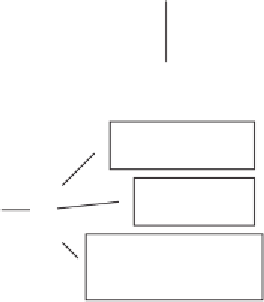Agriculture Reference
In-Depth Information
Figure 3.2
Site-wide cleanup
model based on targeted risk and
future land use.
Adapted from J. Burger, C. Powers, M.
Greenberg, and M. Gochfeld, “The role
of risk and future land use in cleanup
decisions at the department of
energy,”
Risk Analysis,
24(6),
1539-1549., 2004
Environmental
compartments
(e.g., soil, water,
air)
Potential
sources and
contaminants
Exposure
pathways (e.g.,
air, skin, diet
Contact with
receptors (human
& ecosystem)
Risk Management Input
Site-wide models
Risk assessment
findings
Desired future
land use
Regulatory
cleanup levels
Remedies for
cleanup
Political, social,
economic, and other
feasibility aspects
the site can be left to be “hazardous,” only that the cleanup level can be based on
a land use other than residential, where people are to be protected in their daily
lives. For example, if the target land use is similar to the sanitary landfill common
to most communities in the United States, the protection of the general public is
achieved through measures beyond concentrations of a contaminant. These mea-
sures include allowing only authorized and adequately protected personnel in the
landfill area, barriers, and leachate collection systems to ensure that contamina-
tion is confined within certain areas within the landfill and security devices and
protocols (fences, guards, and sentry systems) to limit the opportunities for expo-
sures and risks by keeping people away from more hazardous areas. This can also
be accomplished in the private sector. For example, turnkey arrangements can be
made so that after the cleanup (private or governmental) meets the risk/land-use
targets, a company can use the remediated site for commercial or industrial uses.
Again, the agreement must include provisions to ensure that the company has
adequate measures in place to keep risks to workers and others below prescribed
targets, including periodic inspections, permitting, and other types of oversights
by governmental entities to ensure compliance with agreements to keep the site
clean (i.e.,
closure
and
post closure agreements
).
The American Society of Civil Engineers was the first of the engineering
discipline societies to codify this into the norms of practice. The first canon of
the ASCE code of ethics now reads: “Engineers shall hold paramount the safety,
health and welfare of the public and shall strive to comply with the principles of
sustainable development in the performance of their professional duties.”
3
The

















Search WWH ::

Custom Search